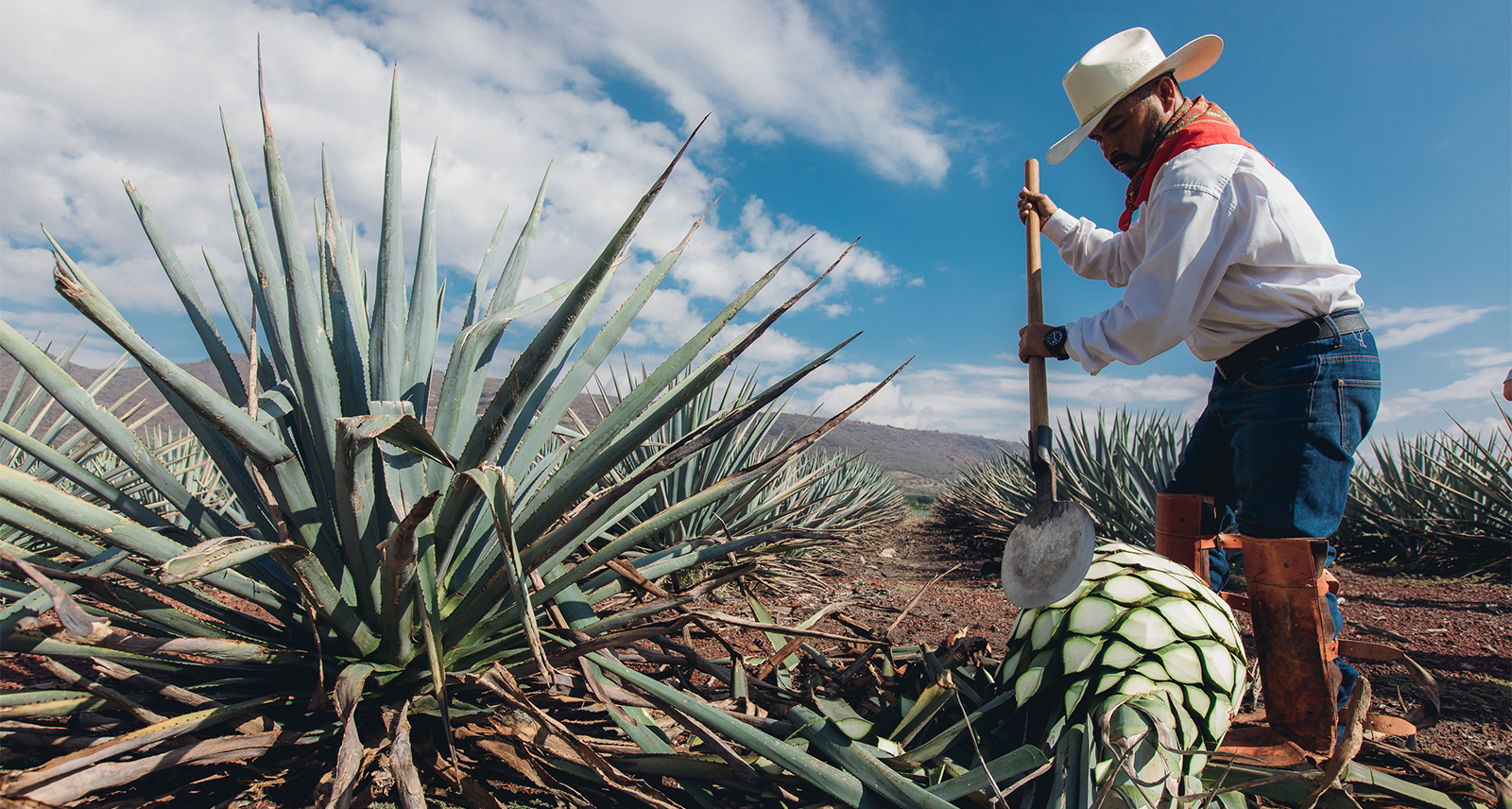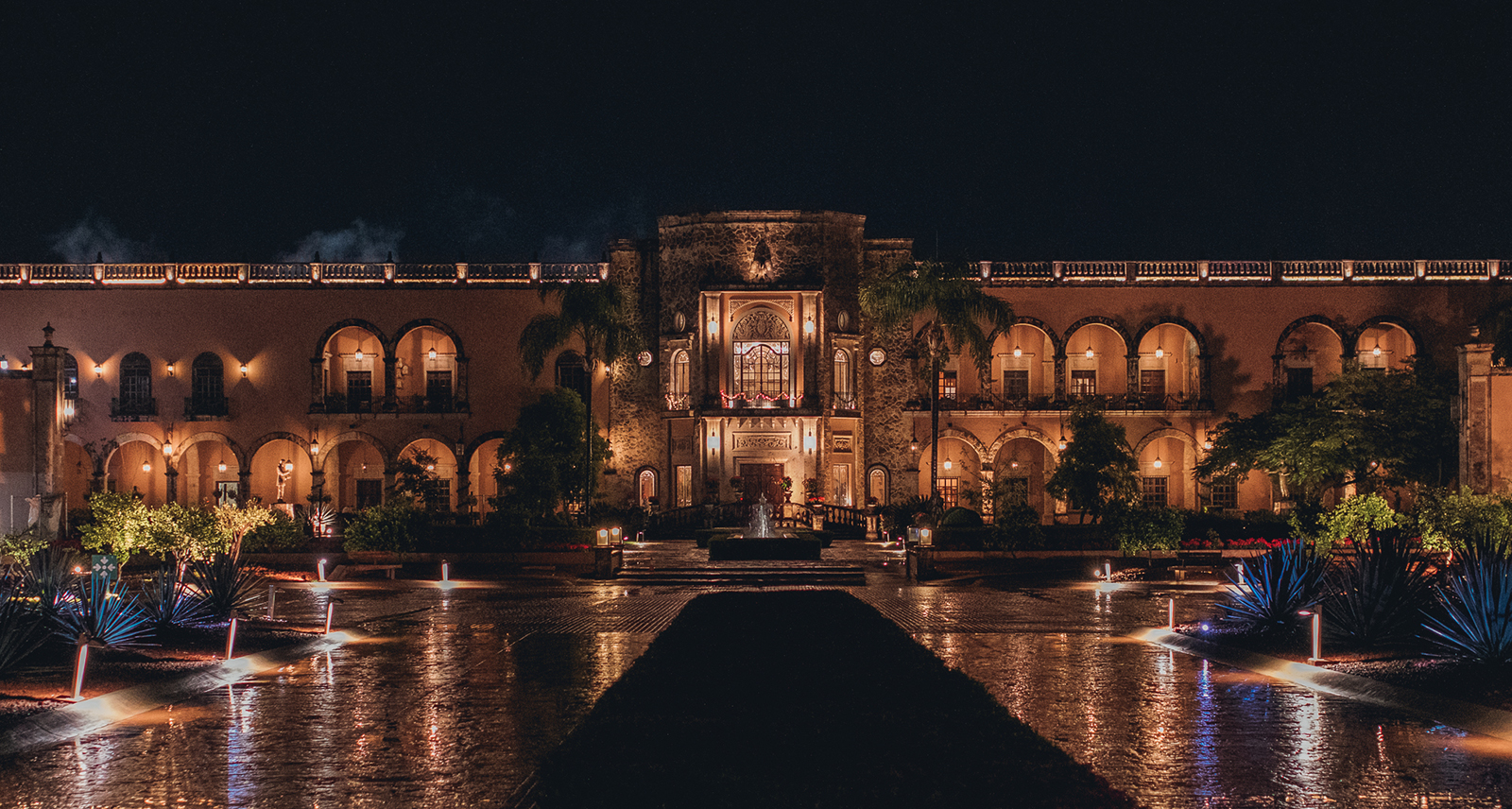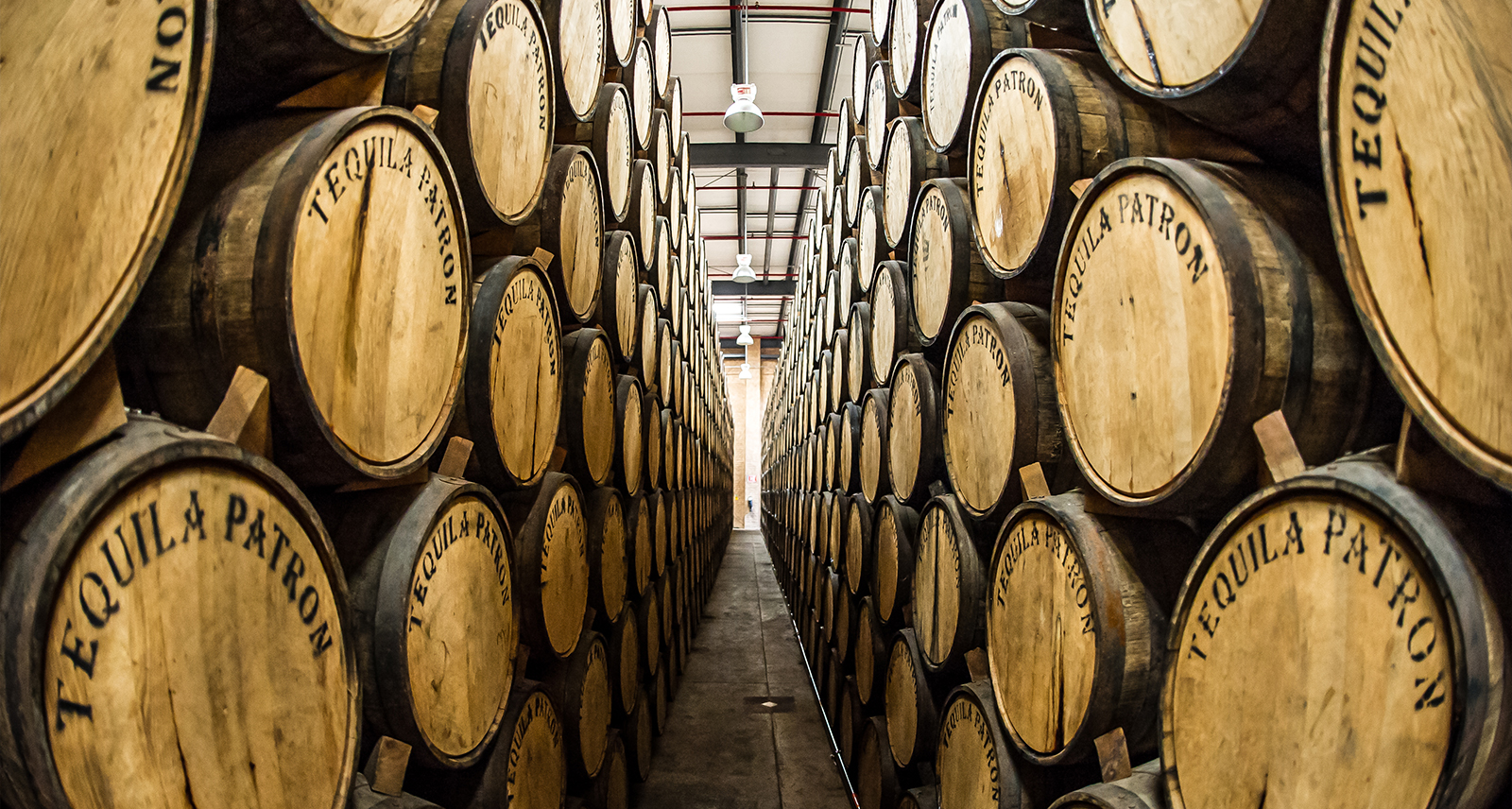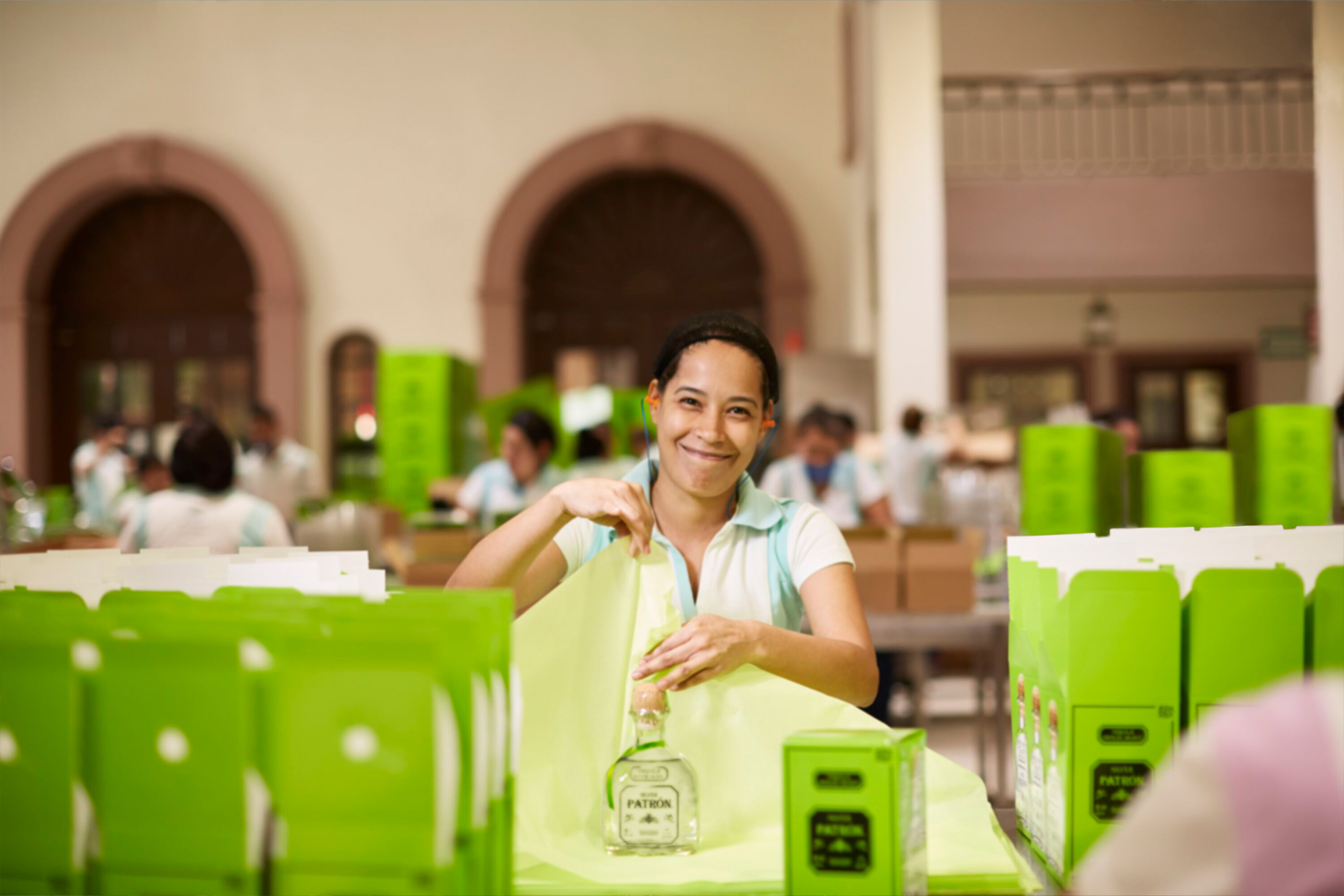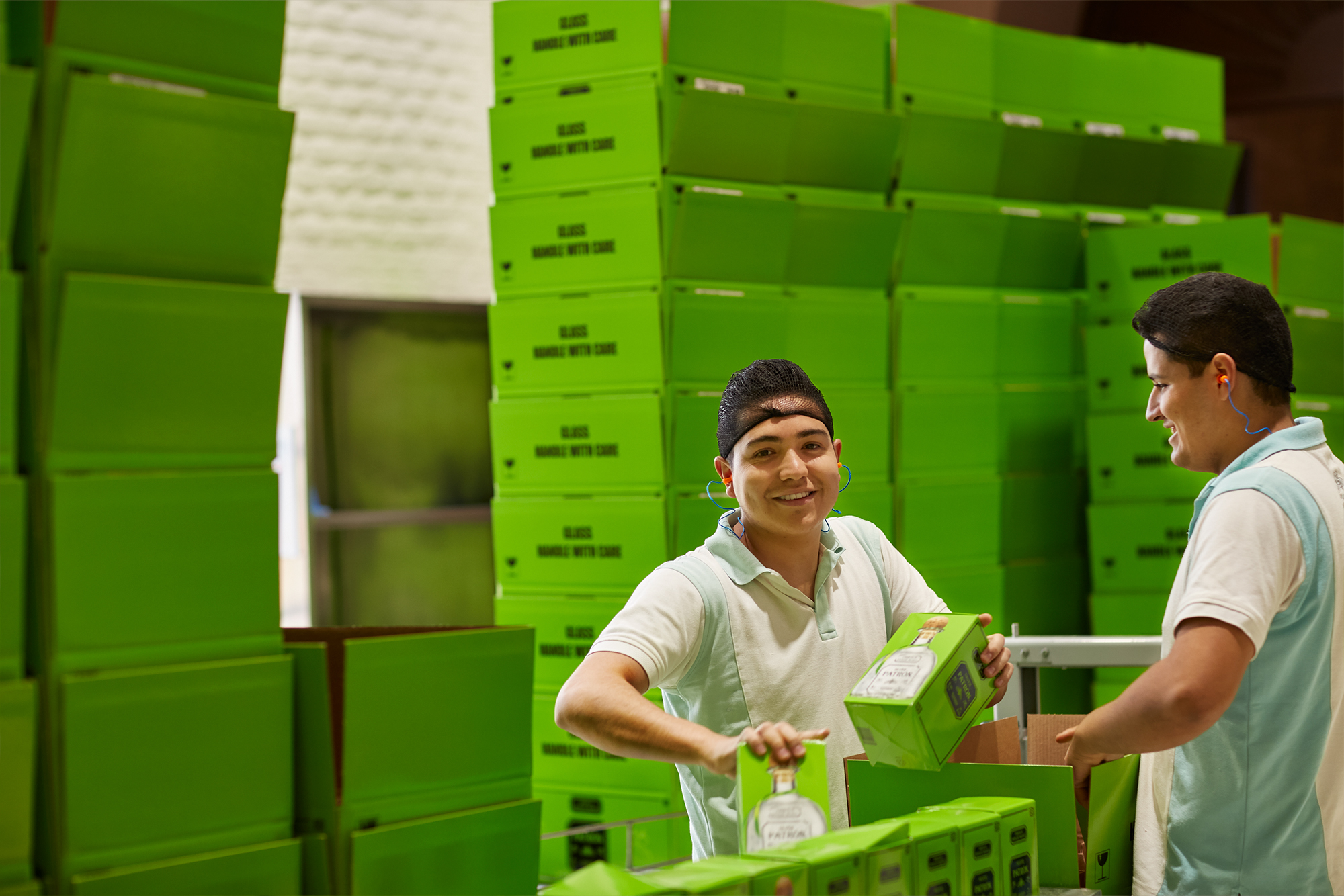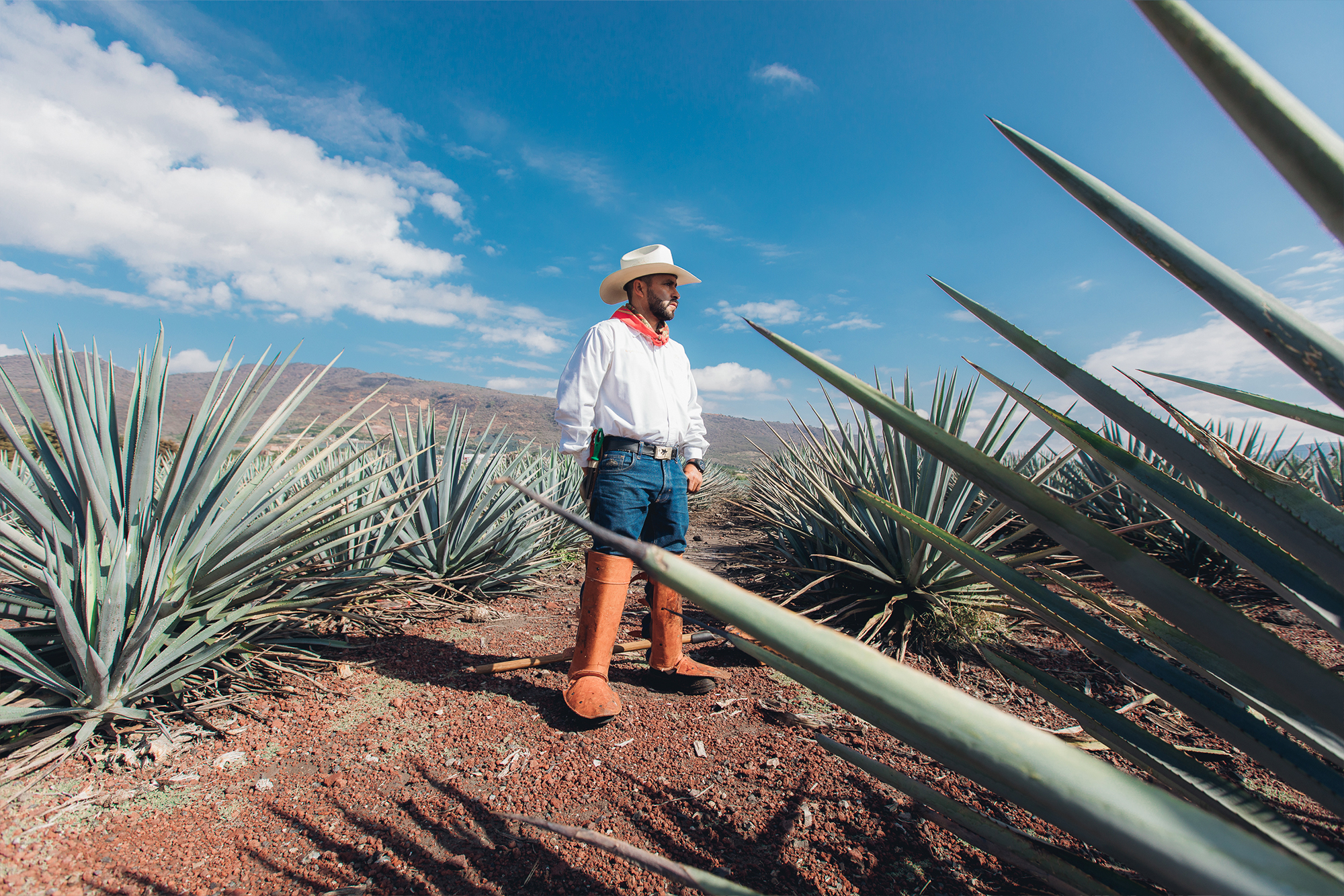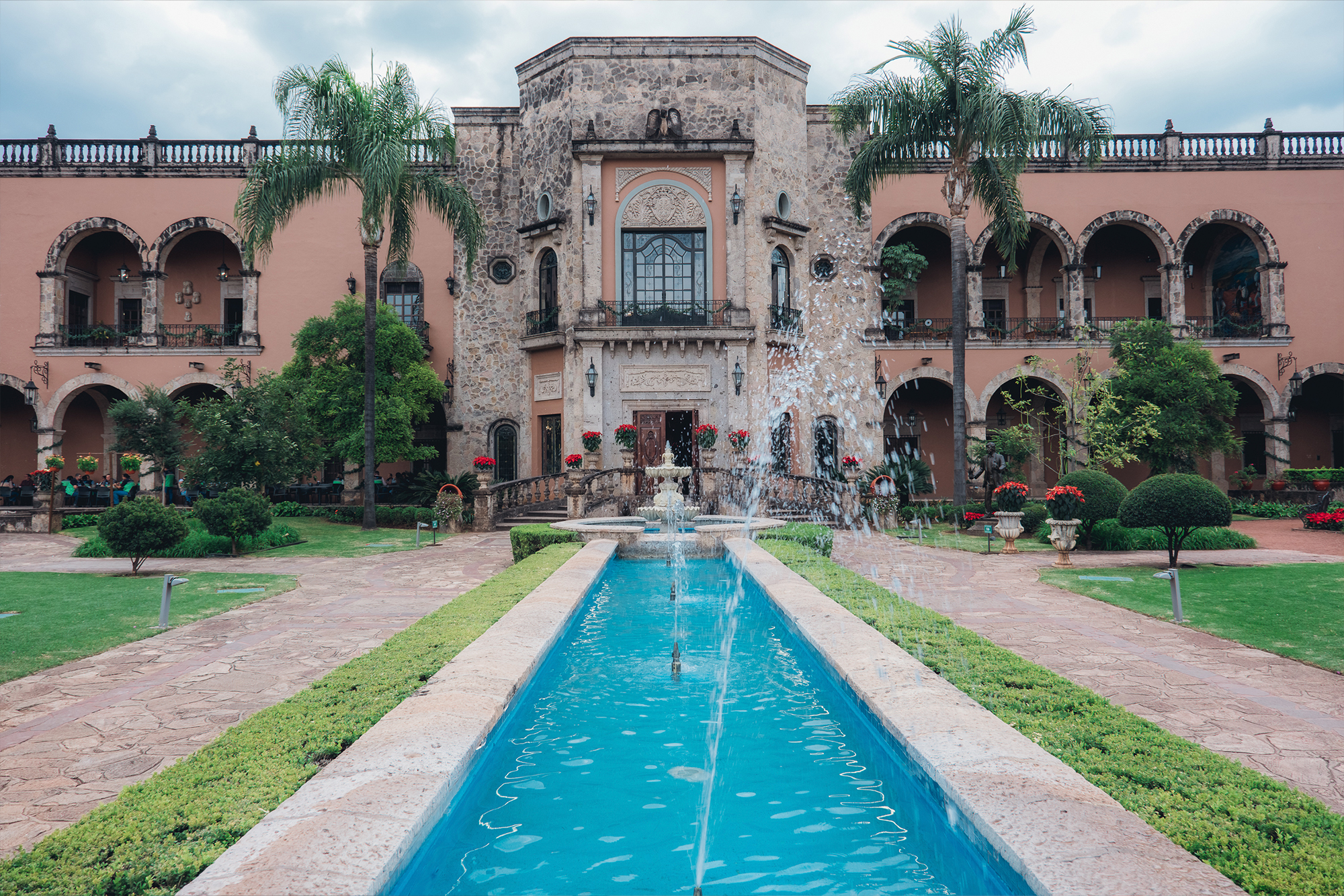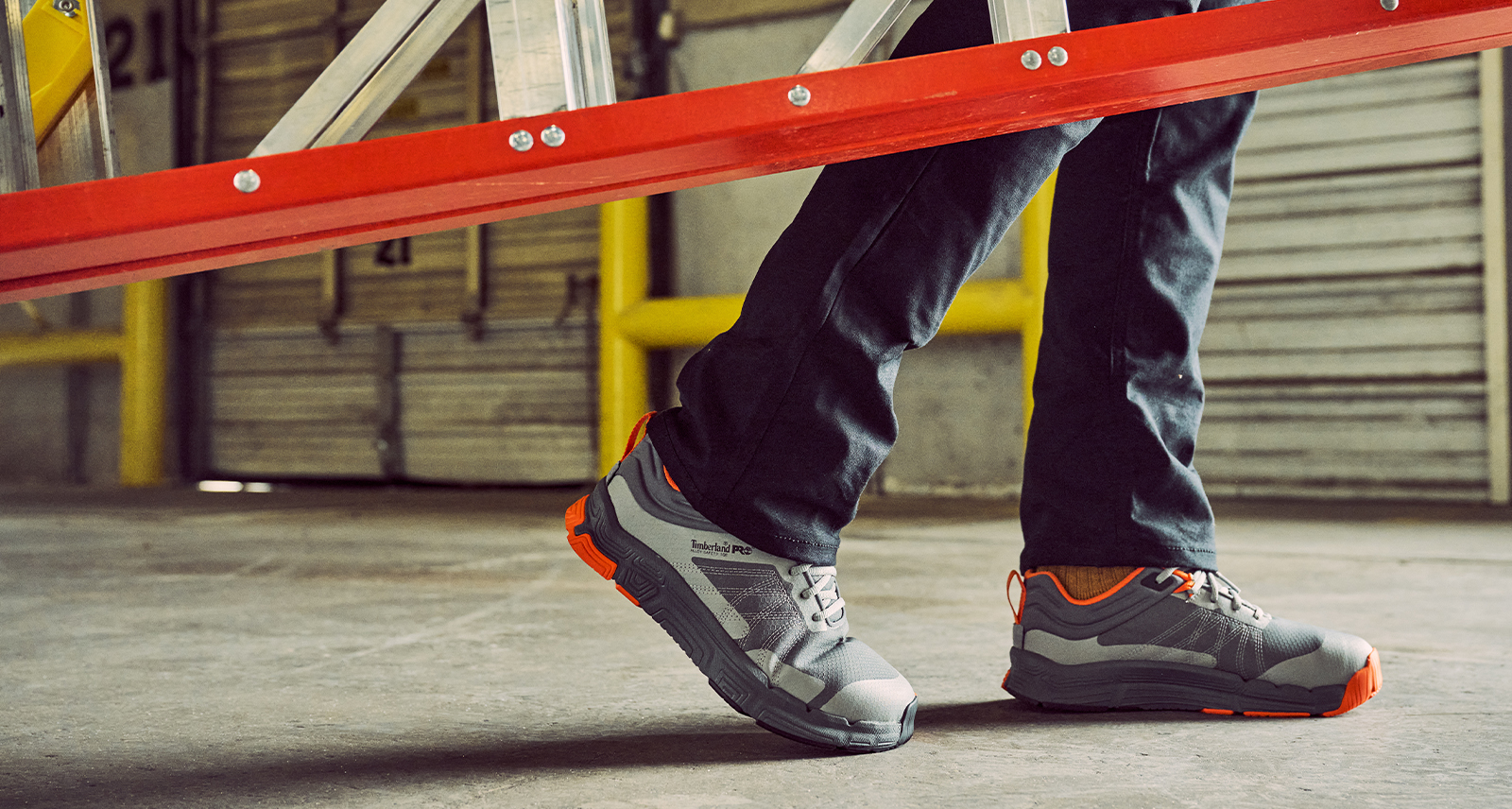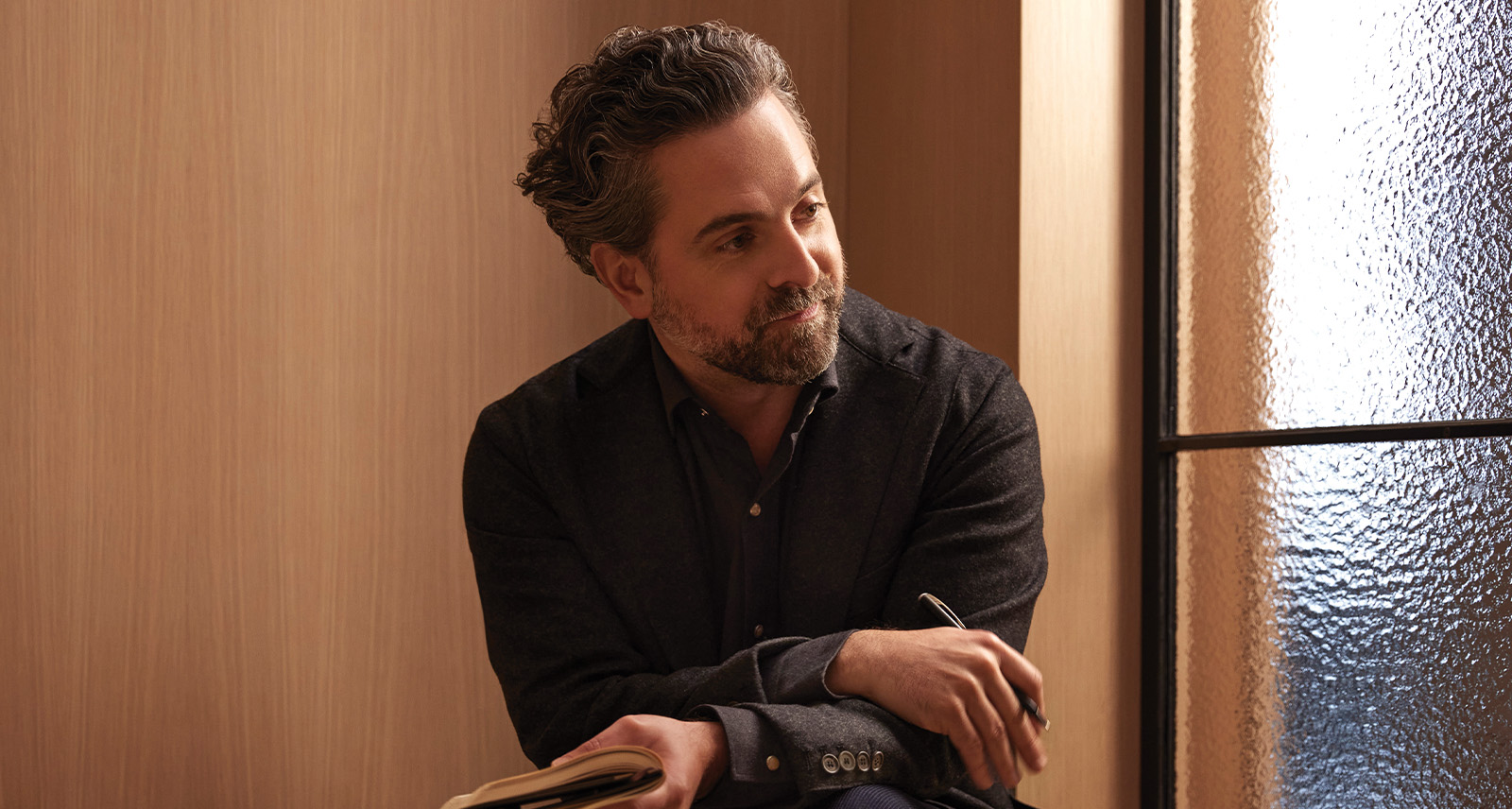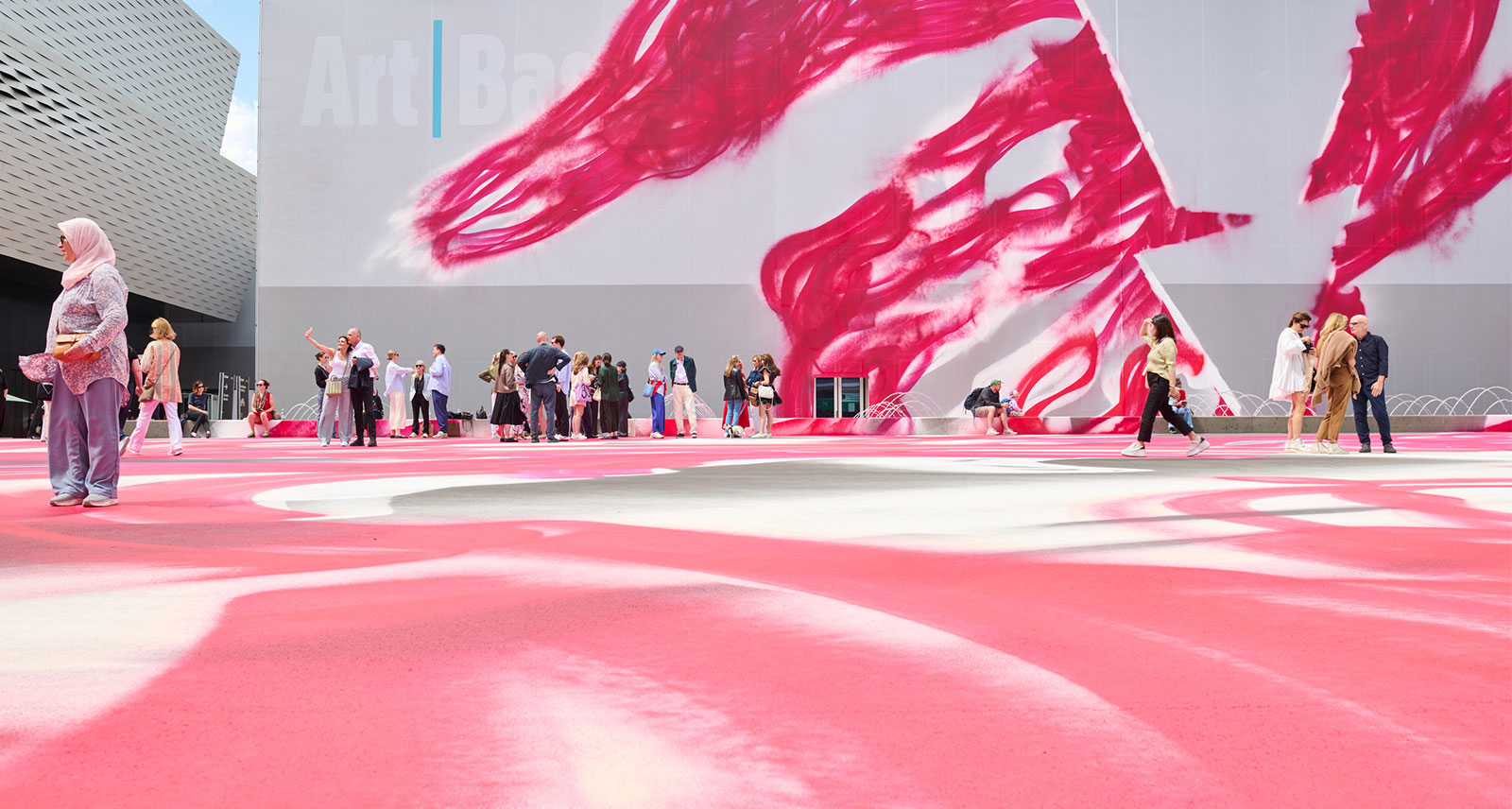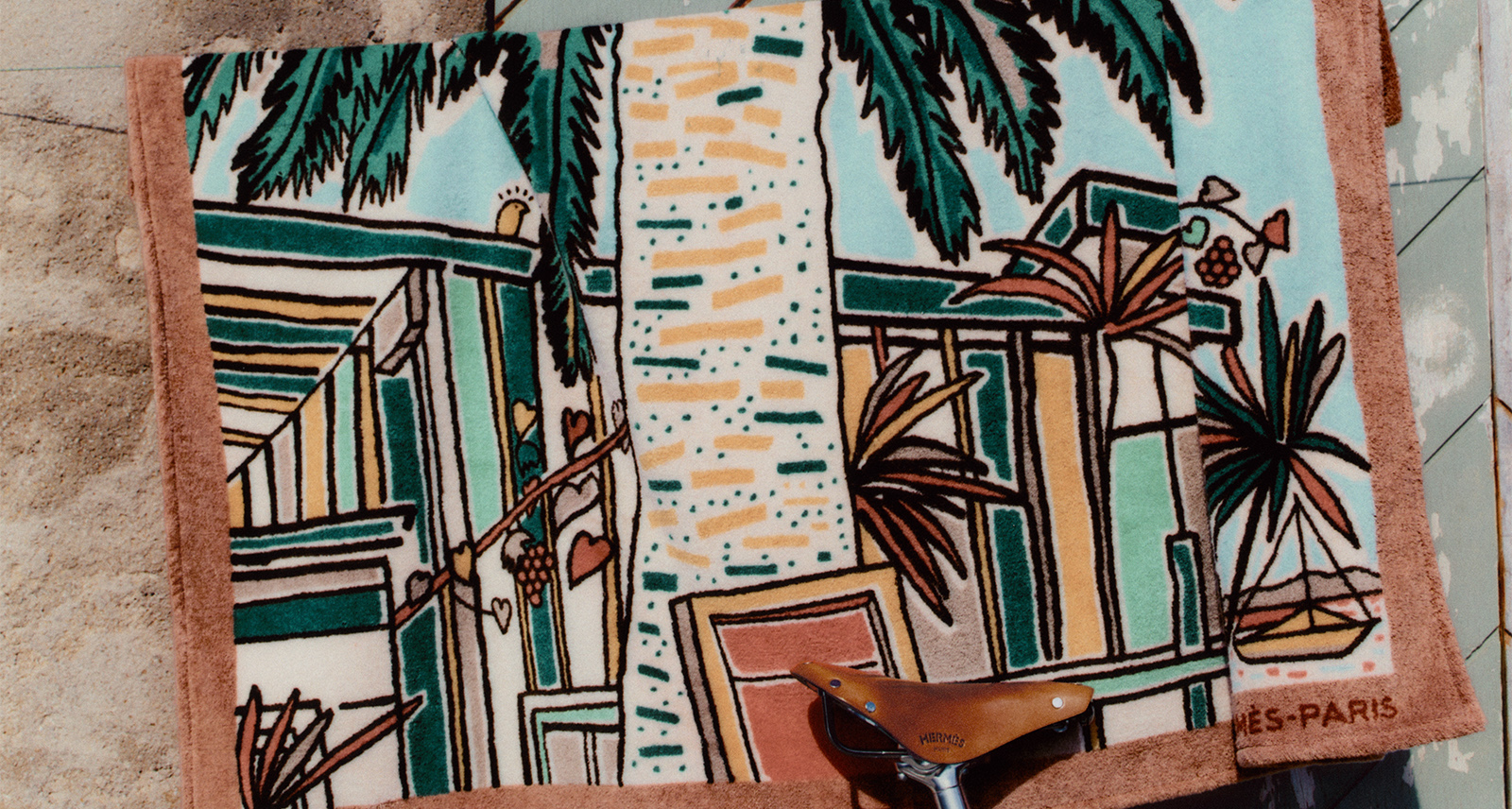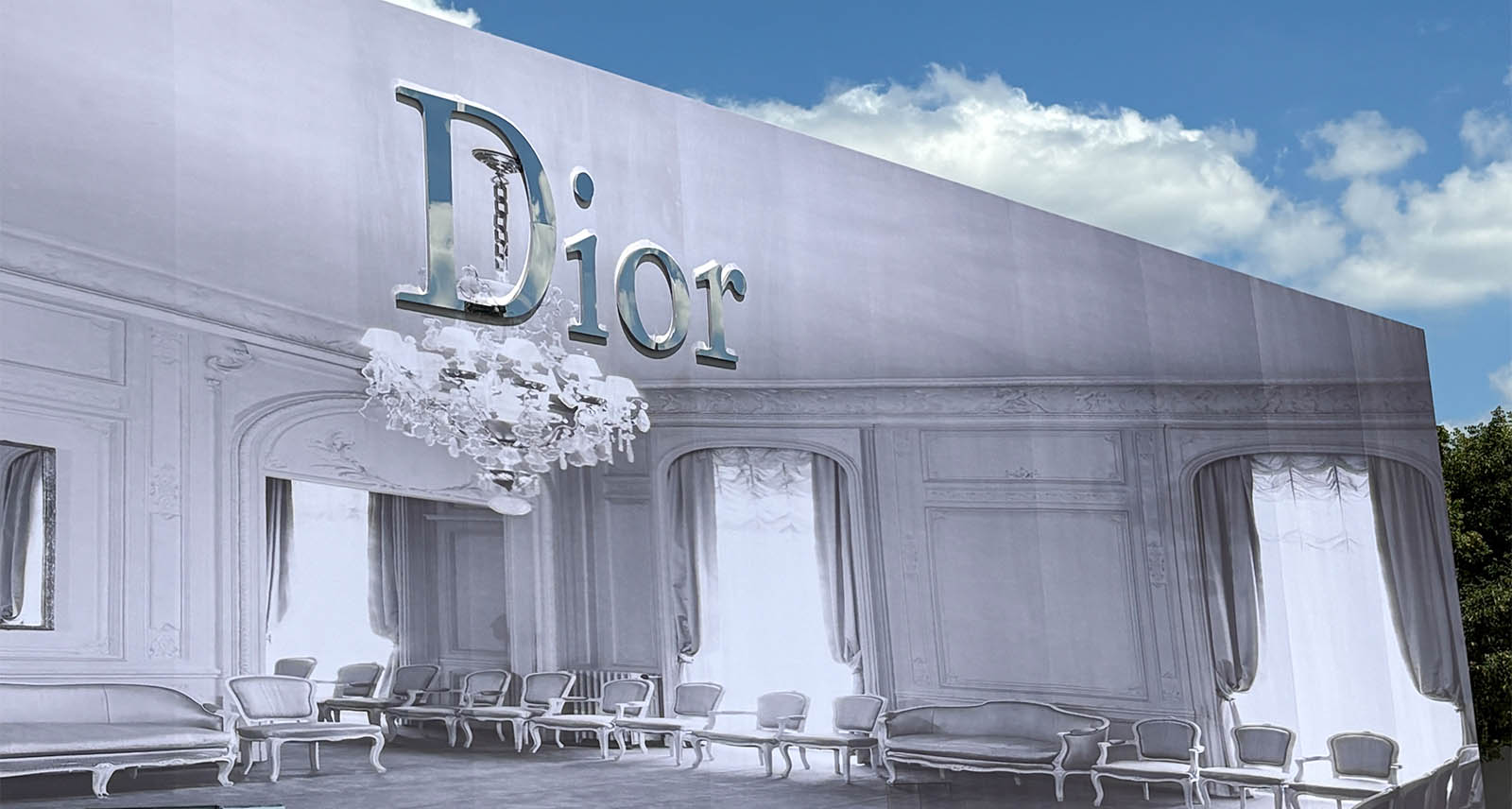Inside Hacienda Patrón: The Power of People
It’s been a busy couple of years at SHARP HQ, between the ongoing growth of our physical and digital offerings, and the frequent ventures east, west, north, and south to explore the origin stories of some of our favourite brands. Throughout it all, we’ve often said that working with the right people makes all the difference in the world; unsurprisingly, this is also the way with many of the brands we cover in print and online, and it’s especially the way of Hacienda Patrón.
Once you’ve visited a distillery (or three), there are certain things you start to anticipate. You start making assumptions about which tasks are done off-site. You start anticipating which processes will be automated for the sake of efficiency. You also expect to only see the shiny and sanitized side of what is (broadly speaking) a not-so-sexy production process. And then there’s Hacienda Patrón; nestled in the Mexican state of Jalisco, on the edge of the Jalisco highlands — about two hours east of Guadalajara. All but the smallest fraction of Patrón’s production is housed on the grounds of this sprawling estate.
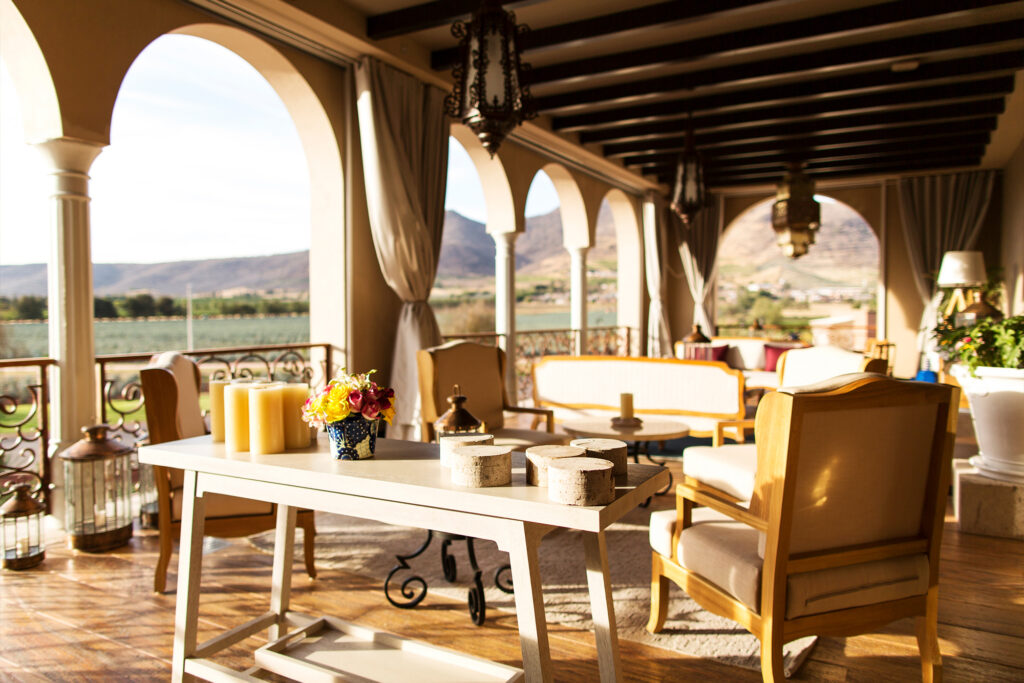
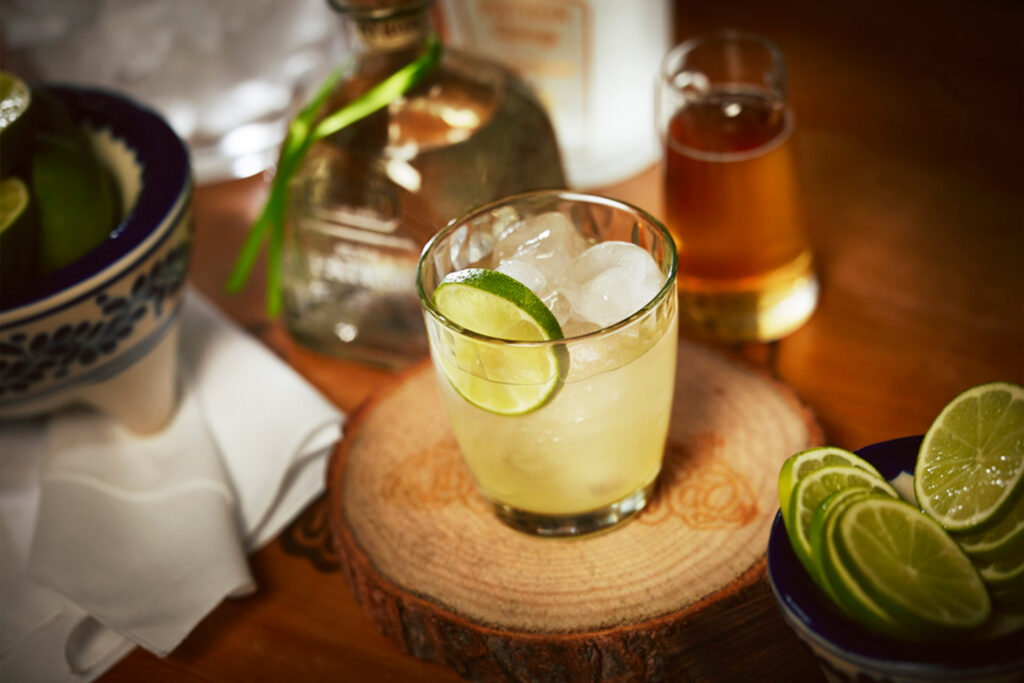
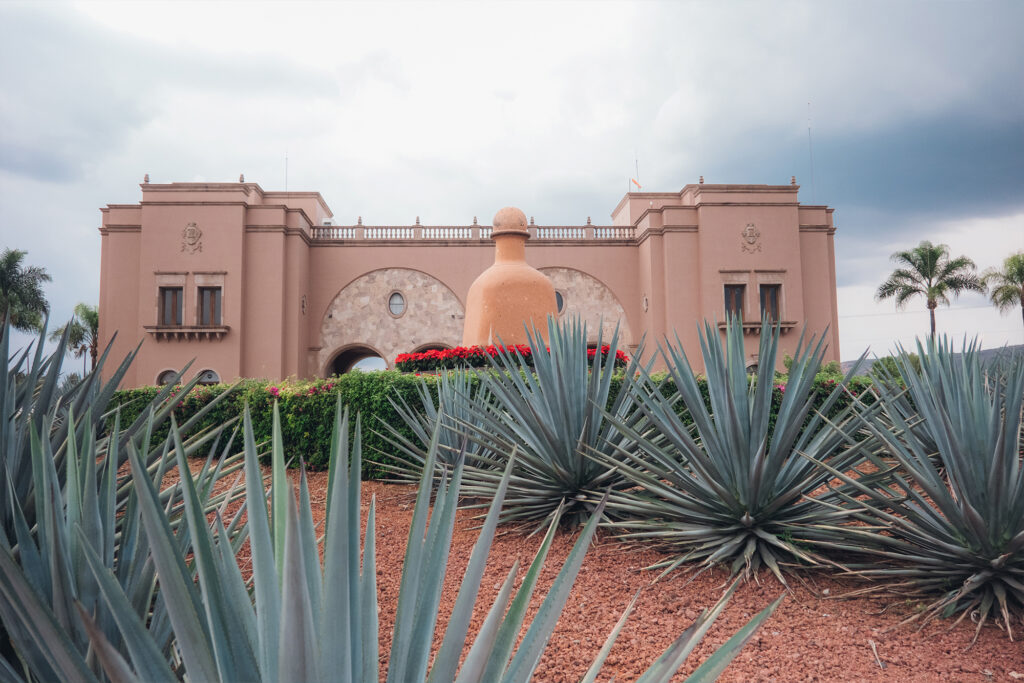
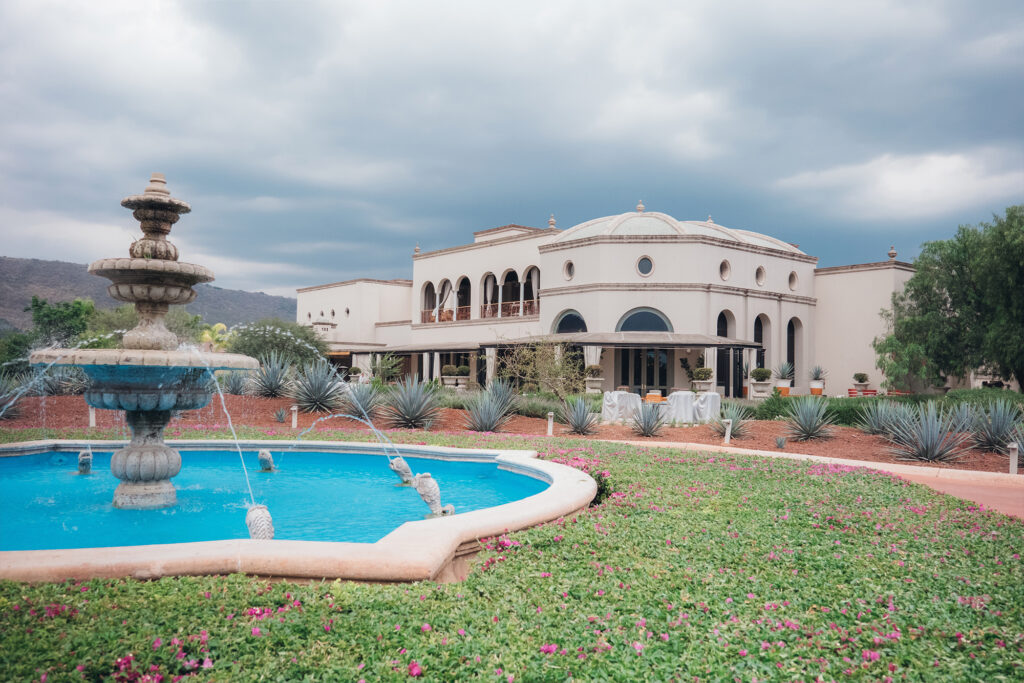
This is no industrial park. Using legacy buildings and expanding with the site’s old architecture in mind, the facility is perfectly suited to the sprawling countryside that surrounds it. It is also home to an invitation-only guesthouse, used to host guests of the brand: VIPs, business partners, Patrón cocktail competition challengers, and — occasionally — select international media. We spent three days on site, splitting our time between the Agave fields, distillation facilities, barrel archives, and even exploring the wide array of eco-initiatives found on the property that help limit the company’s carbon footprint.
Without getting into the weeds of tequila production and regulation, which the Academia Patrón covers wonderfully here, all of the brand’s tequila is produced in one of two ways. Its Weber Blue Agave is ripened and monitored for sugar content, the plant is hand-harvested by expert farmers, being trimmed down to only conserve the heart of the plant known as piñas. Those piñas then get steamed slowly in brick ovens for between 48 and 72 hours, before moving on to pressing.
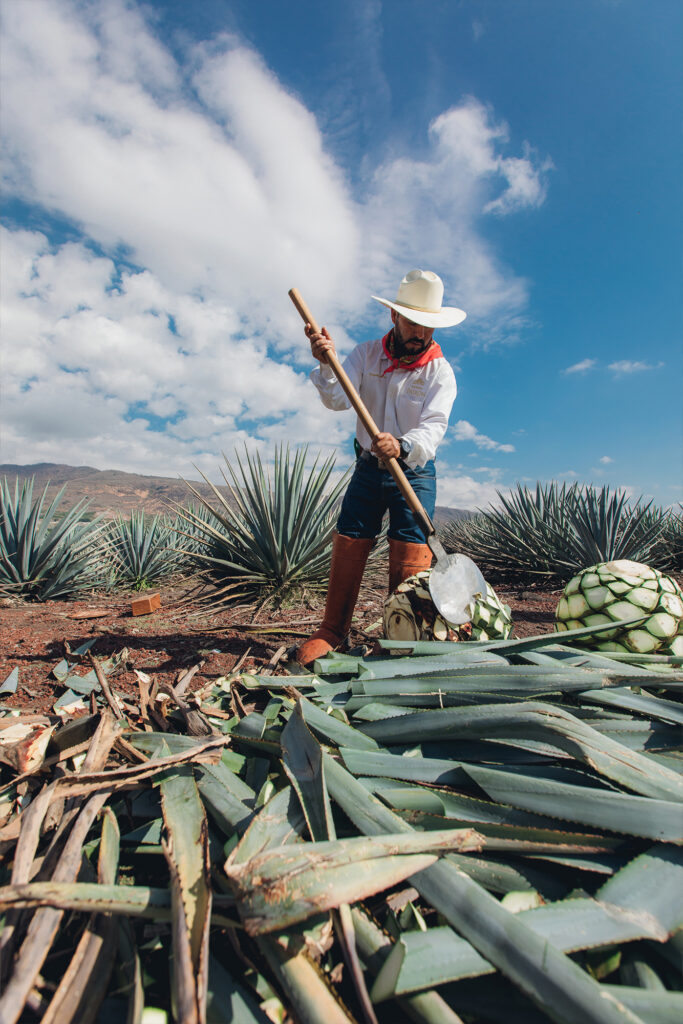
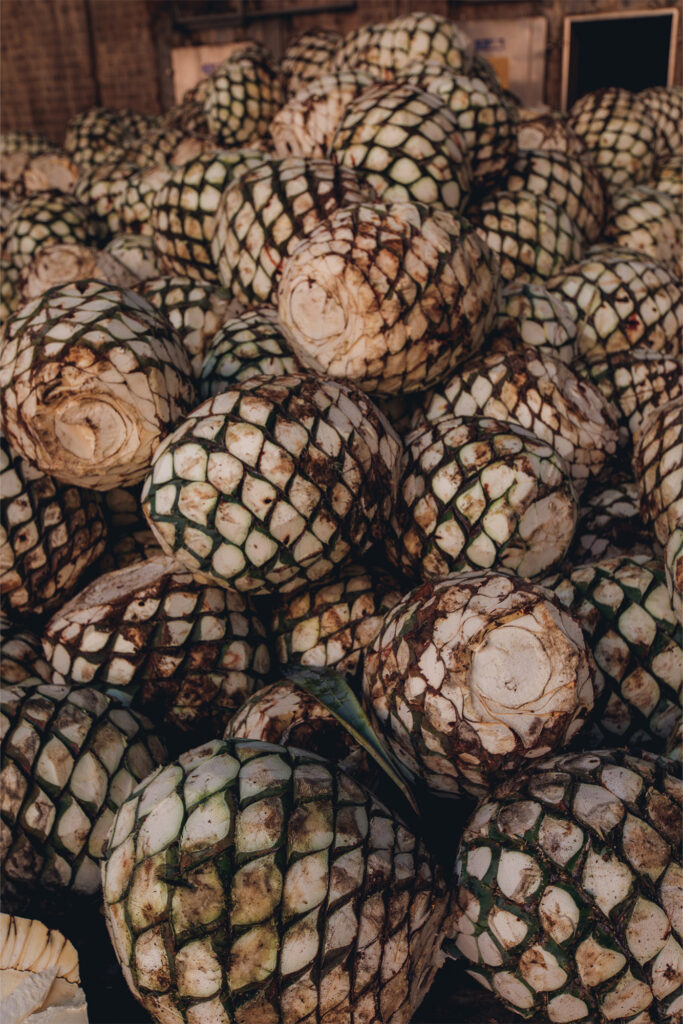
This is where the formula changes. Pressing varies from brand to brand, and in many cases the process has been industrialized to the point of needing next to no human oversight. Not for Patrón. The brand uses two pressing methods: Tahona stones and roller mills. The former dates back several hundred years, and is, in essence, a giant stone wheel that rolls around and presses the living daylights out of the roasted piñas. The latter is a more modern process developed in the ’50s, not unlike those archaic washing machine wringers of the same era. Roll the piñas between industrial rollers until no liquid remains.
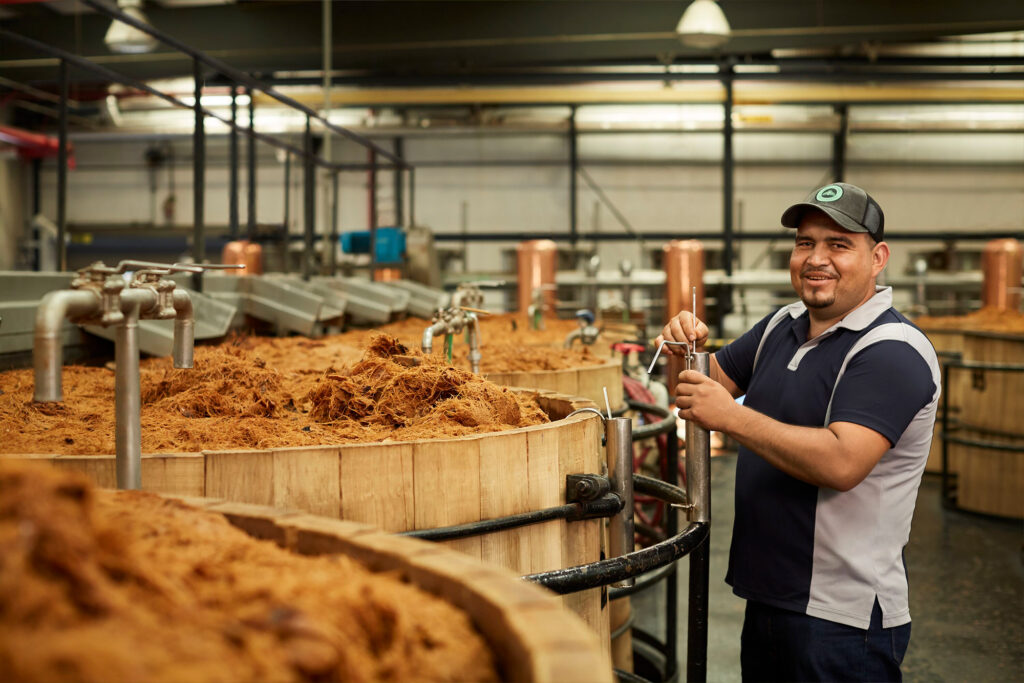
Many years back — shortly after the brand got on its feet in 1989, with the intent of leading a new premium tequila era — Patrón’s founding distiller, Jose Francisco Alcaraz Esparza, quickly realized the disparity in flavour profiles between these two methods. He determined that, with the rare exception for limited release offerings (like Gran Patrón Piedra), all of their tequilas would be produced using these two methods alone. This doesn’t make life easy for anyone. Tahona stones weigh several tons, and though they have mechanical assistance, they require operators, and take about four times as long to press the same volume of Agave. It’s so inefficient that roughly seven producers in all of Mexico still use them, and Patron uses more of these stones than all the other producers combined.
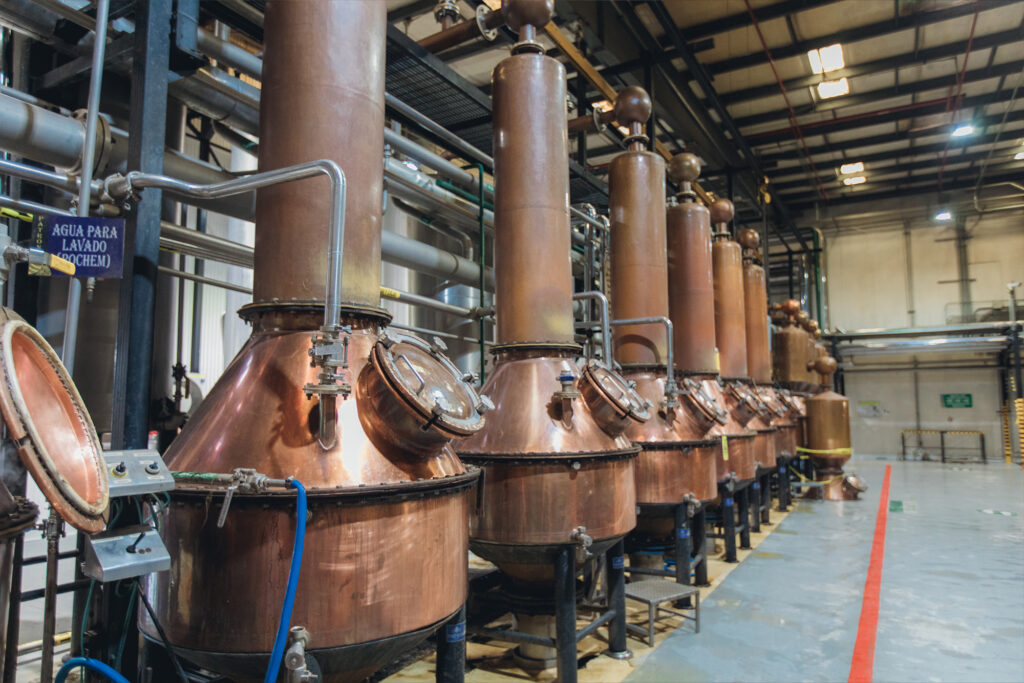
This is exactly the type of decision that became the heart of Patrón, and something that echoes through to present day. A line you’ll hear repeated frequently in conversation is “replication, not automation.” Given that they’re still the leading producer of global premium tequila, there’s a huge amount of production going on at any given time, but it’s all done in scale. They didn’t make stills bigger; they didn’t make gigantic ovens that could cook a ton more agave in one go. They built more ovens, installed more of the same stills, all with the consideration that method was never to be compromised in order to scale business.
One of the more endearing byproducts of this position is the brand’s contribution to its local communities. Patrón has its own busses to retrieve employees, who travel from as far as Guadalajara to come and work at the Hacienda. Additional services, including daycare, meal programs, and more, are available to their staff, not to mention the amount of community support that the brand dumps back into local communities. I will say, an objective lens will clock the fact that this hands-on operation, employing thousands of locals, is a very clear byproduct of the nationally low wages and lack of employee protections — let’s be clear, you could not run a business like this in Canada, America, or much of Europe, from a cost standpoint alone. Despite all that, it remains incredibly impressive to see the amount of local investment and support that takes place.
Likely the biggest anchor of that, aside from walking through the various lunch rooms and seeing employees smiling and joking back and forth with one another, was the packaging and labeling rooms. That’s right, the labeling and ribbon fitting on Patrón bottles is a primarily manual process; if you sneak in at the right time, half the staff is singing while they work. The math here is absolutely baffling. Last year, the brand sold 3.2 million 9-litre cases of spirits. So, multiply that by 12 bottles, and that’s 38.4 million bottles labeled. Knowing that the sweeping majority of bottling plants are fully automated, it doesn’t take a seasoned bean counter to realize the labour savings that could be had here. But that’s not the Patrón way. That’s not how you foster community and give back to the land that’s given you so much over the last few decades.
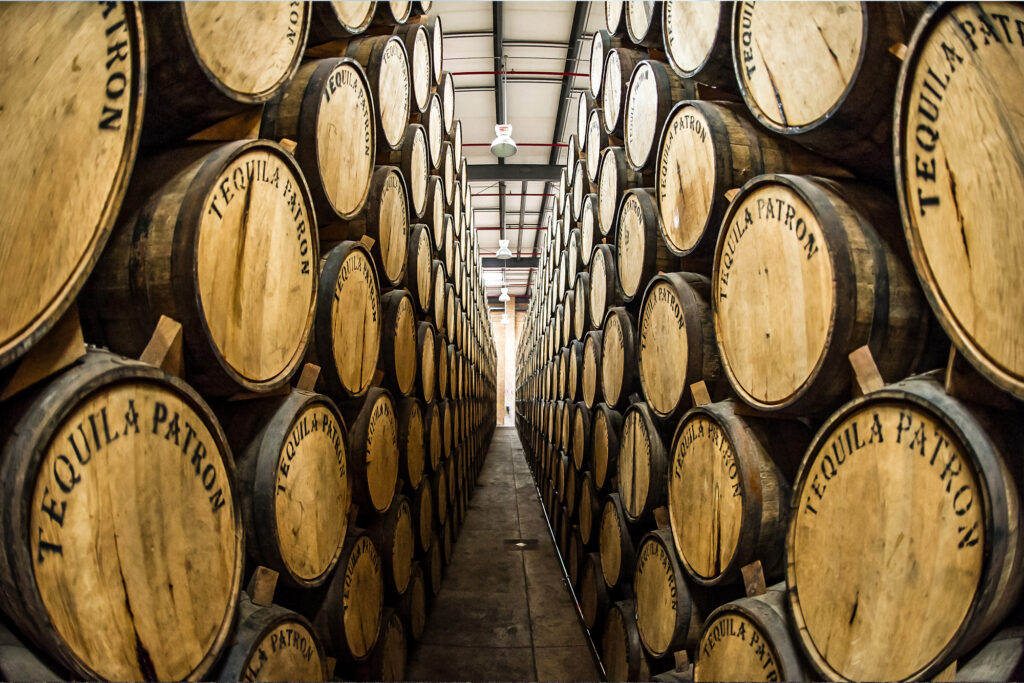
Did I drink the Kool-Aid? Perhaps, but after a certain amount of time, you learn how to sniff out the marketing fluff. Sure, every brand has some of it in their mix, but there aren’t many global-scale spirit brands that have shown us this kind of heart and soul either. The fact that their product lineup already sets the bar in the category is great, but the story is the real game-changer here.
Photography courtesy of Patrón.
